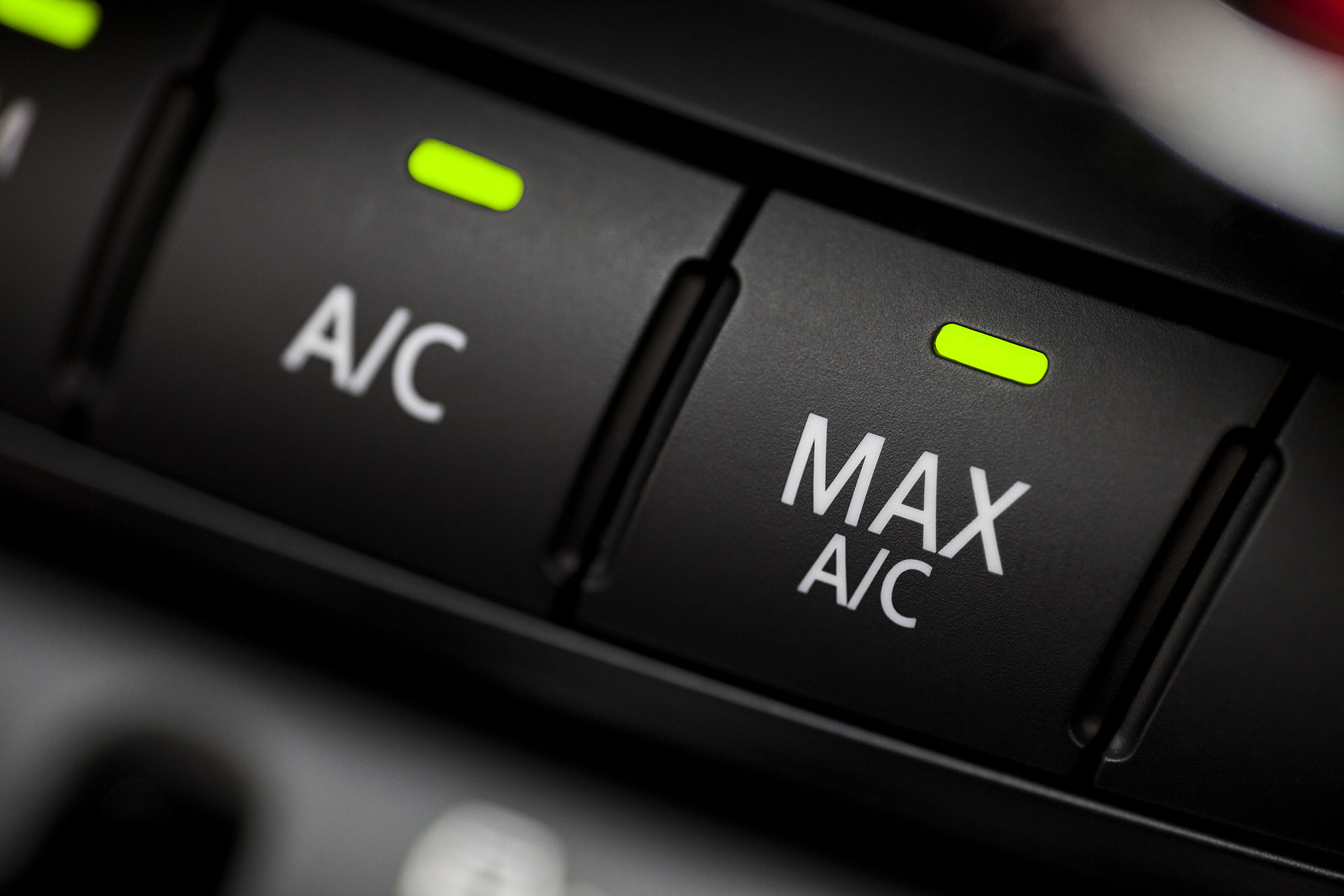When a car’s air conditioning system is regassed, it means that the refrigerant in the system is being replenished or recharged. The air conditioning system relies on a specific amount of refrigerant to operate efficiently and provide cool air inside the car.
Before regassing, our technician may inspect the entire air conditioning system for any leaks, damage, or other issues. This is important to ensure that regassing is a viable solution and that the refrigerant won’t simply leak out again. If there’s still some refrigerant left in the system, it needs to be removed before adding new refrigerant. This is done using a recovery machine, which extracts the old refrigerant and stores it for proper disposal.
After removing the old refrigerant, the system is vacuumed to remove any moisture and air. Moisture and air in the system can lead to decreased efficiency and potential damage to components. The correct amount and type of refrigerant specified by the vehicle manufacturer are then added to the system. This is usually done using specialised equipment that measures and injects the refrigerant accurately.
The air con system is then started, and the technician checks the pressure levels and overall performance. This ensures that the air conditioning system is working within the manufacturer’s specifications. Another check for leaks may be performed after regassing to ensure that the system is airtight. This is crucial for maintaining the efficiency of the air conditioning system.
The air conditioning system is tested to ensure that it is blowing cold air as expected. The temperature and performance are checked to verify that the regassing process was successful. It’s important to note that regassing is a maintenance procedure and not a permanent solution to potential issues. If there are leaks or other problems in the system, they should be addressed to prevent the refrigerant from escaping again. Regular maintenance of the air conditioning system helps keep it in good working condition and ensures optimal performance.


